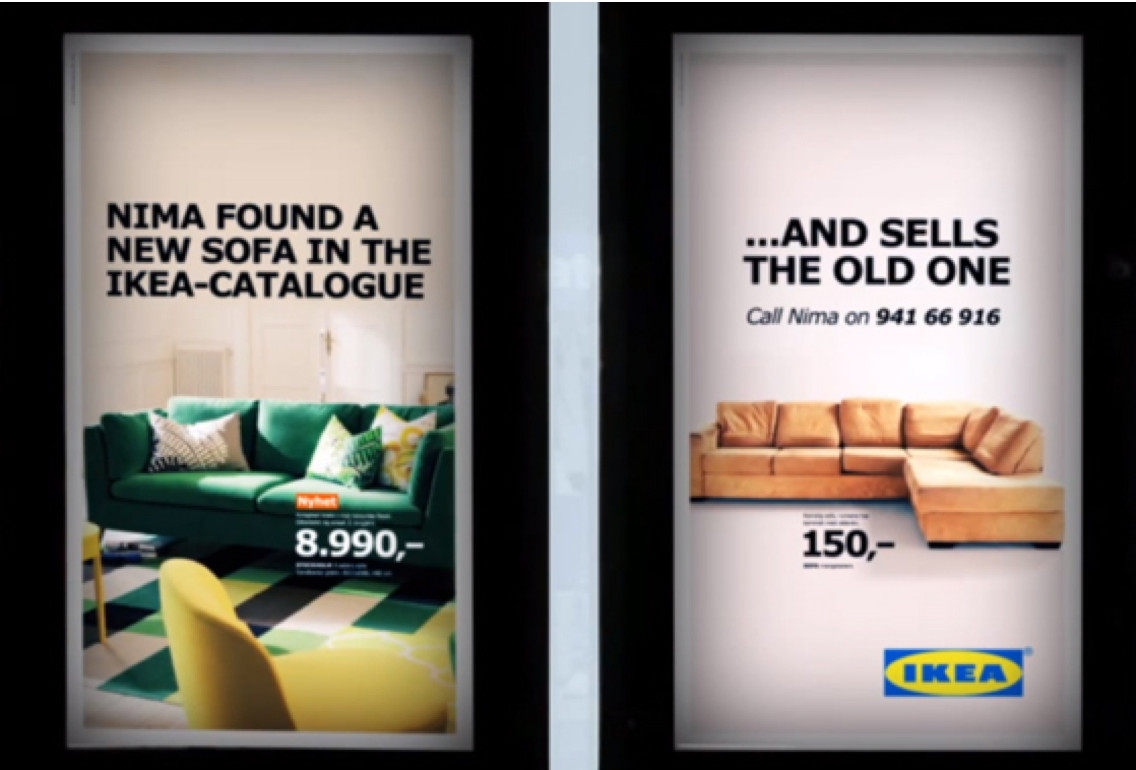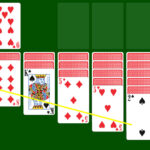The lifespan of furniture, especially from budget-friendly retailers, often feels fleeting. Many consumers resonate with the feeling of waste when discarding perfectly functional items. But what if there was a way to extend the life of furniture and participate in a more sustainable consumption cycle? Enter the rise of the Online Flea Market for furniture, exemplified by innovative initiatives like IKEA’s “Second-Hand Campaign”.
IKEA, known for its accessible and stylish furniture, recognized the growing consumer interest in sustainability and the potential of the online flea market. Their “Second-Hand Campaign” launched as a pilot program, directly addressed the issue of furniture waste. IKEA took used furniture from customers, showcased it alongside new items, and facilitated resale. This campaign cleverly tapped into several key trends. Firstly, it enhanced IKEA’s brand image as environmentally conscious and consumer-friendly. Secondly, it injected novelty into their marketing, drawing attention to both used and new products. Finally, it highlighted the durability of IKEA furniture, showing how it holds up over time.
 IKEA Second-Hand Campaign Advertisement: Side-by-side comparison of a new and used Hemnes dresser, showcasing prices and the previous owner's contact number for direct purchase in an online flea market style campaign.
IKEA Second-Hand Campaign Advertisement: Side-by-side comparison of a new and used Hemnes dresser, showcasing prices and the previous owner's contact number for direct purchase in an online flea market style campaign.
This initiative is a smart example of how brands can leverage the online flea market concept. Online flea markets for furniture offer numerous benefits. They promote sustainability by reducing waste and extending product lifecycles. They provide affordable options for buyers and opportunities for sellers to recoup value. They also offer a unique marketplace for vintage and pre-loved pieces that add character to homes. However, challenges exist. Concerns about privacy when reselling online, ensuring furniture quality, and managing logistics for larger items are all factors to consider. IKEA’s initial approach, which directly connected buyers and sellers via contact information on ads, sparked privacy questions, highlighting the need for secure and user-friendly platforms within the online flea market sphere.
Conclusion: IKEA’s “Second-Hand Campaign” serves as a compelling case study in the burgeoning online flea market for furniture. As consumers increasingly seek sustainable and affordable options, and as brands explore circular economy models, online flea markets are poised to become even more prominent. The evolution of these platforms will need to address user concerns and streamline processes, but the fundamental value proposition – connecting buyers and sellers of used furniture in a convenient and sustainable way – positions the online flea market as a key component of the future furniture industry.

